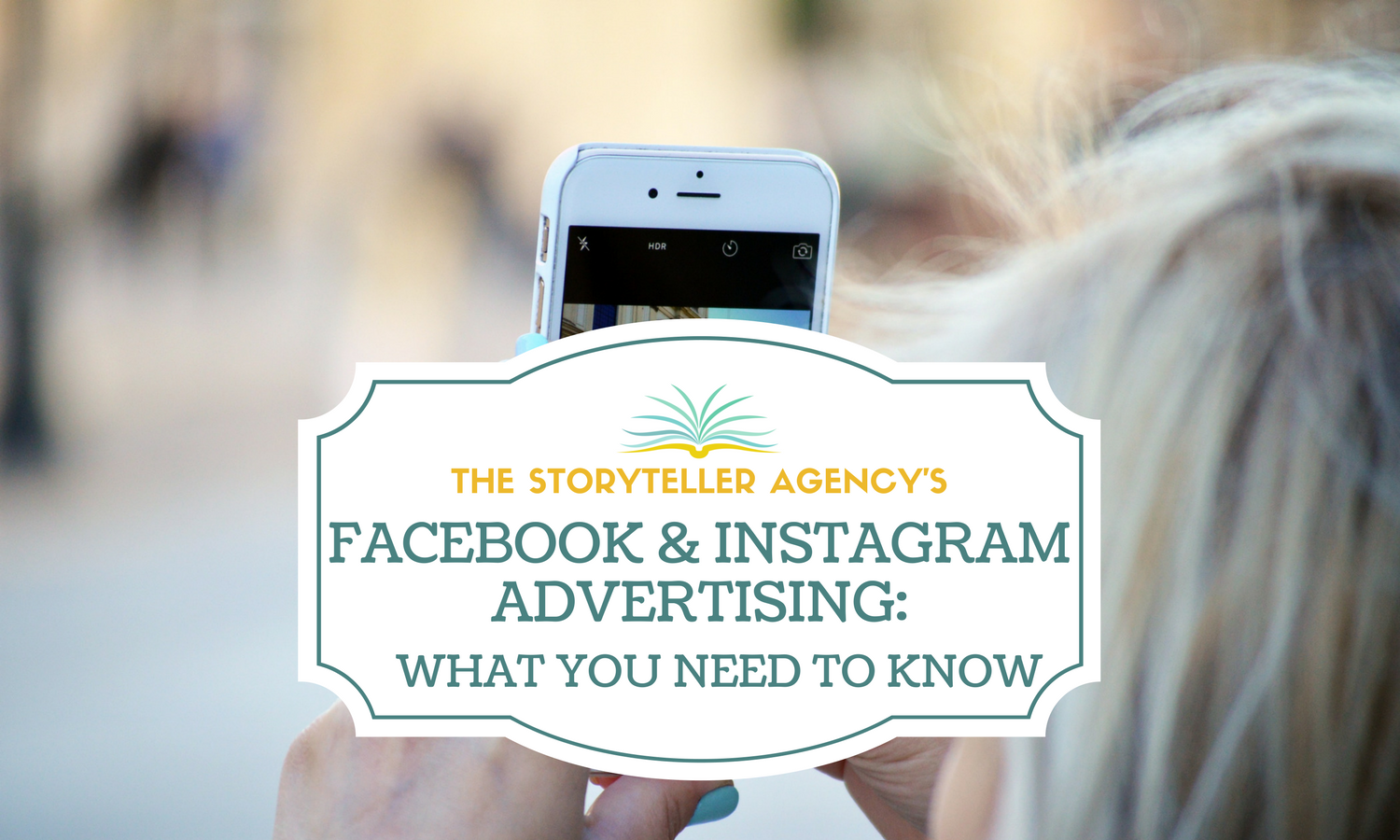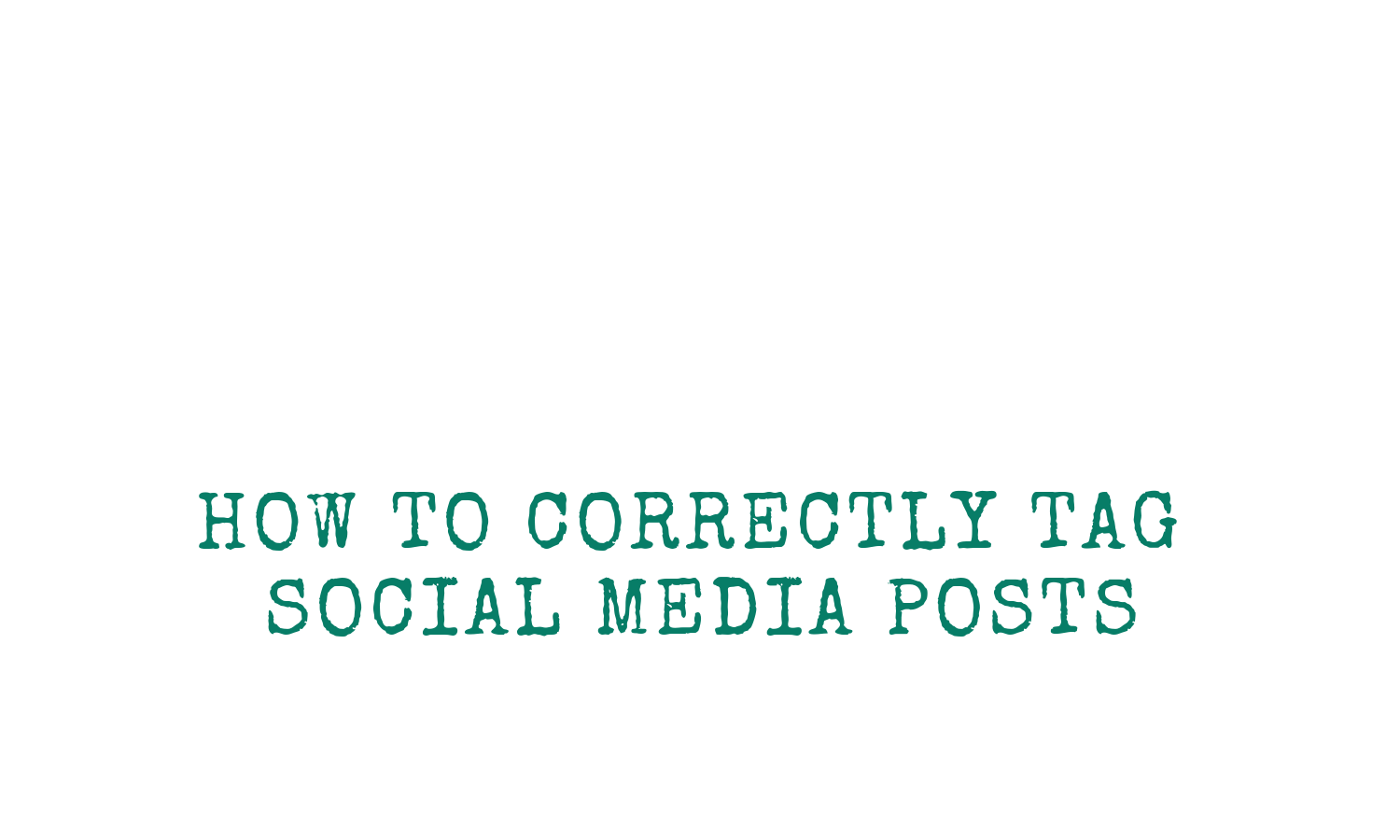How to Use Social Stories
Social stories are hot; missing out is not. Evidence of this presents itself in two forms. One is that every social media platform now has a “stories” feature that enables users to share rawer, more intimate, personal, and fast-paced content. Two is that all of these platforms have embraced the 24-hour disappearing content feature. The idea is that users will log in more often to see what’s going on because of the fear of missing out. With key similarities, what makes each social stories feature unique, and how do you use them?
Snapchat Stories
Snapchat is the platform most used by Gen Y or millennials 24 and under; however, there’s a decent-sized market for adults ages 25-34 (and even older yet-still). Snapchat is also the first platform to use vanishing content as well as stories.
How it works: Create a photo or video, apply a fun filter, and then upload. The goal of stories is to unveil your authentic self. Let your story show your brand on the go, reaching out to the community, or going behind the scenes. You can also use Snapchat Ads and access a line of cool products and filters that have helped other brands amp up engagement.
Instagram Stories
After Snapchat came Instagram Stories. This was arguably snapback for Snapchat’s refusal to be bought out by Facebook for a paltry $3 billion a few years ago. If Facebook couldn’t buy its way into the in-crowd, it would genetically engineer a contender for the playground popularity contest.
How it works: Instagram Stories should feature “rawer” content than the platform best-known for image editing usually mandates. Instagram Stories is great for showing informal behind-the-scenes moments, sharing special offers, or showing off your creative side.
To share a photo or video story, click the camera icon on the top left of your mobile and go for it. Different features like Boomerang give you the option to create a video burst that loops content. You can save your video to post later, or use the live video features to capture a moment.
Facebook Stories
This past year, Facebook continued embracing the stories trend by adding an easy-to-use stories feature to the Facebook news feed. In appearance, features, and performance, it’s fairly identical to Snapchat. For example, Facebook Stories has filters and effects and Hollywood-sponsored “masks” used for promoting films.
How it works: Hop on your Facebook app, access the camera, and swipe right. Choose from lenses and filters to embellish your photo or video content. Your story disappears after 24 hours but can be shared by users who have access to it.
Twitter Moments
Not one to be left out, Twitter also embraced storytelling with Twitter Moments. Twitter Moments are curated stories that show what’s going on Twitter. You can also create your own Moment. When audiences view a Moment, they can see the entire story unfold.
How it works: Click the lightening bolt icon (Moments tab) to view the day’s Moments. You can explore different trending moments, interact with a Moment in a category of interest to you, or create your own Moment; you can also decide what tweets to include in your moment.
The fundamentals for each platform are similar, but if you know your audience, you can easily choose which platform and stories feature are best for you. When creating a story, be authentic; share content that shows you working behind the scenes, getting creative, having fun with the people who make your brand special, or reaching out to the community. Use photos, videos, filters, masks, and other fun features to let your brand’s personality shine.
Not sure what social media platform is best for your brand or how to start telling social stories? Cut out the question mark and contact The Storyteller Agency. Our talented team will help you find the right platform(s) for your brand and will help you tell social stories no one will want to miss out on.









